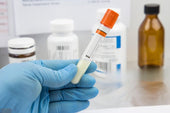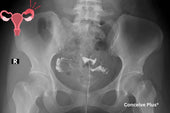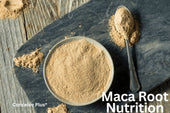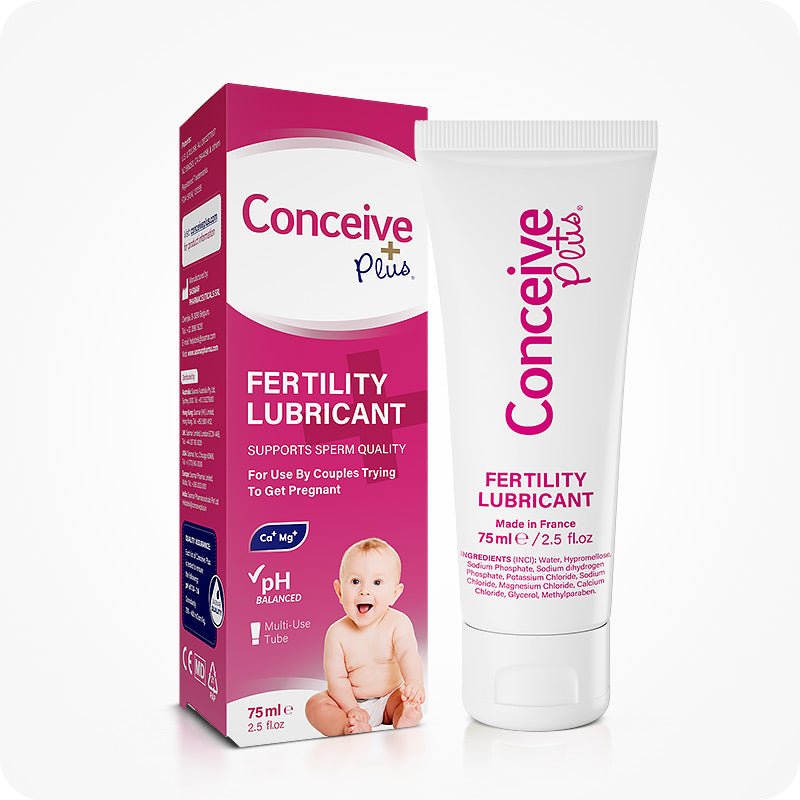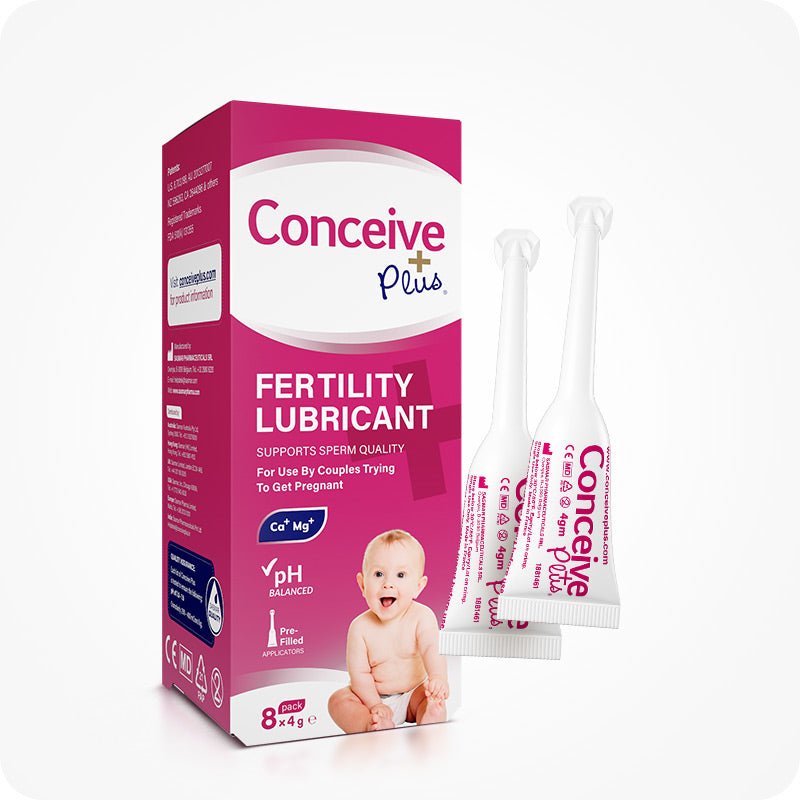Definition of Seminal Fluid: A Thorough Scientific Exploration
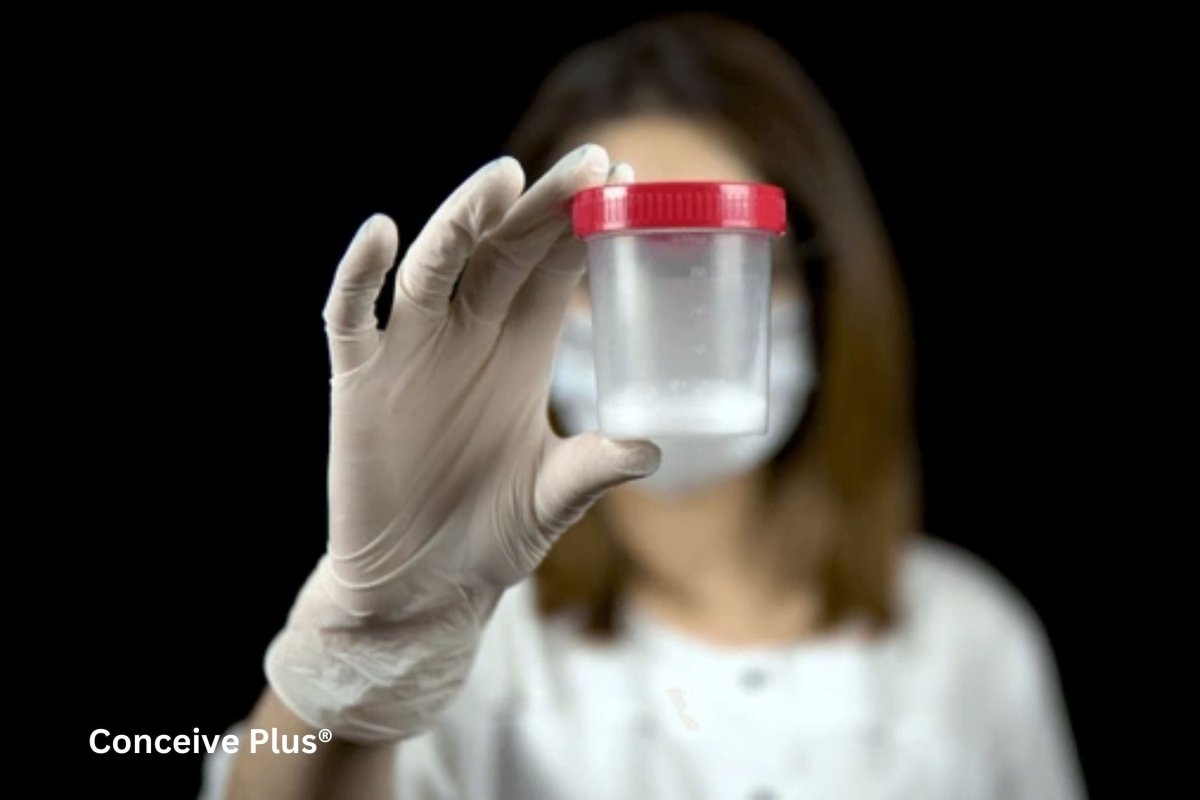
Human reproductive biology has grown exponentially in the last few decades, shedding light on the complexity of seminal fluid. This remarkable substance is more than a mere carrier of sperm. It integrates secretions from different glands to form a medium that not only transports genetic material but also provides immunological protection and hormonal support. By clarifying the definition of seminal fluid, scientists highlight its biochemical significance and its role in modern fertility research. Seminal fluid, also known as semen, is a bodily fluid containing sperm cells and fluids from the prostate, seminal vesicles, and bulbourethral glands, which helps transport and nourish sperm during ejaculation.
Recent investigations, including those endorsed by leading reproductive health organizations, indicate that subtle changes in its composition can influence overall reproductive viability. Specialists are increasingly using advanced genomic and proteomic techniques to map molecular profiles within this fluid, revealing how specific proteins and microRNAs shape sperm function. Moreover, innovations in laboratory methods have facilitated more accurate diagnostics, helping clinicians detect deficiencies or anomalies that might remain hidden under conventional testing. This discussion reviews multiple dimensions of this fluid, emphasizing its importance in reproductive medicine, personalized healthcare, and potential therapeutic breakthroughs.
Role in Reproductive Health
Seminal fluid is vital for delivering sperm to the ovum under favorable conditions. It buffers against acidic vaginal pH and supplies immunomodulatory factors that can preserve sperm viability. Many fertility clinics now measure enzymes, pH levels, and other markers to understand an individual’s reproductive status. Small variations in these components may profoundly affect outcomes, reinforcing that seminal fluid is not merely a passive transporter. Seminal fluid definition goes beyond basic understanding of its composition. By analyzing it, clinicians often detect potential hormonal imbalances or infections. This assessment can prompt further investigations into thyroid function, testosterone levels, or the presence of pathogenic microbes. Additionally, specialized testing for inflammatory markers can identify subclinical conditions that might otherwise impede fertility. Improved analytical methods, such as flow cytometry and advanced immunoassays, have allowed researchers to pinpoint localized immune responses. Consequently, it serves as a valuable diagnostic tool in fertility assessments, offering a window into broader health issues, including autoimmune disorders or unrecognized systemic inflammation [1].
Composition and Biological Complexity
Seminal fluid arises from the testes, epididymis, seminal vesicles, prostate, and bulbourethral glands. Together, they produce a mixture of fructose, enzymes, hormones, and mineral ions that optimize sperm survival. Fructose fuels sperm motility, while enzymes like prostate-specific antigen help liquefy the ejaculate. Zinc-binding proteins stabilize genetic material, and prostaglandins modulate immune responses in the female tract. This dynamic interplay continues to intrigue researchers, who now utilize high-resolution mass spectrometry to catalog thousands of unique molecules. Studies demonstrate that individual differences in protein and lipid composition can significantly affect sperm’s ability to navigate cervical mucus. Moreover, epigenetic factors, such as DNA methylation patterns, appear to influence how these components interact. Recently published findings suggest that environmental exposures, including endocrine-disrupting chemicals, can alter the expression of key proteins. Such discoveries underscore how each person’s fluid might exhibit distinctive biochemical signatures, guiding novel therapeutic or preventive strategies for infertility. With each new insight, we deepen our appreciation for this fluid’s intricacy and capacity to adapt [2].
Fertility Implications
When couples encounter fertility challenges, doctors often evaluate semen parameters and semens meaning in clinical contexts. Modern diagnostics focus on sperm count, morphology, and motility, alongside the chemical profile of the fluid itself. Even minor shifts can signal infections or hormonal disorders. In some cases, lifestyle modifications that enhance nutrient intake or reduce toxin exposure help restore fluid quality. Recognizing these influences allows for personalized interventions, where clinicians tailor dietary supplements, antioxidants, or stress-reduction protocols. The result can be a measurable improvement in sperm viability and overall reproductive outcomes. Emerging research also highlights how paternal factors, once deemed secondary to maternal health, can critically shape embryonic development.
Studies presented at global conferences emphasize that a healthy seminal environment may reduce risks of early pregnancy complications. Genetic counselors now sometimes recommend evaluating the fluid’s molecular markers for prospective parents with a history of miscarriages. By examining each layer—cellular, biochemical, and genetic—experts can formulate a multidimensional approach aimed at maximizing the chances of successful conception [3].
If you're interested in exploring how infertile seminal fluid might influence conditions like azoospermia, consider reading our article "What is Infertile Seminal Fluid and How Does It Relate to Azoospermia?"
The Influence of Lifestyle Factors
Environmental factors exert a significant impact on seminal fluid properties. Smoking, alcohol misuse, and chronic stress can hamper sperm production or disrupt fluid consistency. Nutritional deficiencies can impair enzyme production, weakening the fluid’s protective qualities. Additionally, dehydration affects viscosity and reduces sperm mobility. Even sleep and exercise patterns play roles in hormonal stability, influencing testosterone levels and, consequently, fluid composition. Although adjusting these factors has shown promise, large-scale clinical trials are still needed to determine which interventions offer the most pronounced benefits.
Nonetheless, evidence from epidemiological surveys suggests that men who embrace balanced diets rich in antioxidants and maintain moderate physical activity exhibit better fluid parameters. Recent meta-analyses also point to improvements in motility when certain micronutrients, like zinc and selenium, are present at optimal levels. Psychosocial support, including counseling to manage stress or anxiety, can further enhance hormonal balance. By acknowledging these connections, medical professionals can advocate a holistic approach to male fertility, weaving together nutrition, lifestyle adjustments, and mental well-being [4].
Medical Insights and Diagnostic Value
Healthcare professionals often rely on seminal analysis to diagnose urological, endocrine, or infectious problems. Elevated white blood cell levels can signal an underlying infection, while abnormal pH points to possible blockages in the reproductive tract. Advances in molecular diagnostics now permit deeper insights, including the detection of specific biomarkers linked to sperm health. Semon definition and related evaluations help interpret how different glands contribute to the fluid’s makeup and stability. In some scenarios, antibodies targeting sperm indicate immune-related subfertility.
MicroRNA analysis, though still emerging, may become a critical tool for pinpointing molecular anomalies. Such data not only aid in diagnosing fertility complications but also guide targeted therapies. For instance, hormone replacement or anti-inflammatory treatments can be tailored based on an individual’s fluid profile. Some clinics incorporate next-generation sequencing to examine genetic predispositions for issues like varicocele or testicular cancer risk. This multi-layered approach underscores how closely reproductive health intertwines with broader bodily systems. By recognizing this, clinicians can deliver more precise interventions, potentially improving both fertility prospects and overall well-being [5].
Cultural and Historical Perspectives
Historically, seminal fluid held symbolic value in many societies, viewed as a life-giving element with profound spiritual connotations. Ancient texts often linked it to vital energy or creative potency, reflecting cultural efforts to explain procreation before scientific methods existed. With the advent of modern research, these mystical beliefs transitioned into evidence-based models, though cultural echoes remain. Numerous folk traditions around the world still emphasize the importance of preserving male vitality, sometimes incorporating specific diets or rituals believed to protect fluid quality. Historians note that concepts of purity and impurity surrounding male secretions shaped societal norms, influencing behaviors and taboos for centuries.
By tracing its role in diverse belief systems, we see how fascination with reproduction spurred historical inquiry, leading eventually to contemporary reproductive science. Despite modern understanding, vestiges of these views persist, reminding us that biology and culture often coexist. Examining these perspectives fosters a more nuanced appreciation of how reproductive knowledge evolves, balancing empirical data with longstanding cultural narratives.
If you’re curious about the emerging insights on how celery seminal fluid might influence ejaculatory function and sperm count, consider reading our article "Can Celery Seminal Fluid Boost Ejaculation and Increase Sperm Count?" for a deeper exploration.
Linguistic Aspects and Terminology
Scientific progress has transformed how we describe male reproductive fluids. Terms like semin definition and seminole fluid appear in certain colloquial or older scientific texts, though they are less frequent in contemporary discourse. Some archaic sources also reference semon definition or definition of semon, illustrating earlier attempts to categorize aspects of male secretions. In specific historical documents, semon meaning overlaps with folk explanations of fertility, while semin i medical term or semin medical term highlight shifting professional nomenclature. Concurrently, semens meaning clarifies plural contexts or collective references.
Although modern references favor standardized terms grounded in rigorous research, these older designations offer a window into historical linguistics. They demonstrate how different communities sought to define seminal components, reflecting both scientific curiosity and cultural perceptions. Observing the path of these expressions underscores how language adapts to new discoveries. Ultimately, this evolving vernacular underscores humanity’s enduring effort to understand and define seminal fluid in ever-more precise ways [6].
The Bottom Line
Definition of seminal fluid is a crucial concept that integrates biology, culture, and medicine. When specialists define seminal fluid, they capture a sophisticated mix of enzymes, hormones, and nutrients essential for successful fertilization. Ongoing research unearths new facets of its composition, reinforcing its diagnostic significance in fertility and broader health considerations. Its responsiveness to lifestyle factors underscores the fluid’s adaptability. Beyond the clinical setting, its cultural and linguistic history underscores how fundamental reproductive processes have always been to humanity.
As technology evolves, so will our capacity to refine how we examine, interpret, and potentially enhance this vital medium. By embracing comprehensive testing, personalized therapies, and deeper cultural awareness, scientists and physicians can continue to advance reproductive healthcare. Efforts to optimize this fluid’s quality and function resonate on both individual and societal levels, reflecting how central it is to the perpetuation of life. Ultimately, these discoveries enrich our collective comprehension of human development, affirming the indispensable role of seminal fluid in shaping our shared future.
References
- Sunder M, Leslie SW. Semen Analysis. [Updated 2022 Oct 24]. In: StatPearls [Internet]. Treasure Island (FL): StatPearls Publishing; 2025 Jan-. Available from: https://www.ncbi.nlm.nih.gov/books/NBK564369/
- National Collaborating Centre for Women’s and Children’s Health (UK). Fertility: Assessment and Treatment for People with Fertility Problems. London: Royal College of Obstetricians & Gynaecologists; 2013 Feb. PMID: 25340218.
- Björndahl L, Kvist U. Sequence of ejaculation affects the spermatozoon as a carrier and its message. Reprod Biomed Online. 2003 Oct-Nov;7(4):440-8. doi: 10.1016/s1472-6483(10)61888-3. PMID: 14656406.
- Irvine DS, Aitken RJ. Seminal fluid analysis and sperm function testing. Endocrinol Metab Clin North Am. 1994 Dec;23(4):725-48. PMID: 7705317.
- Aitken RJ. Sperm function tests and fertility. Int J Androl. 2006 Feb;29(1):69-75; discussion 105-8. doi: 10.1111/j.1365-2605.2005.00630.x. PMID: 16466526.
- Lewis SE. Is sperm evaluation useful in predicting human fertility? Reproduction. 2007 Jul;134(1):31-40. doi: 10.1530/REP-07-0152. PMID: 17641086.








